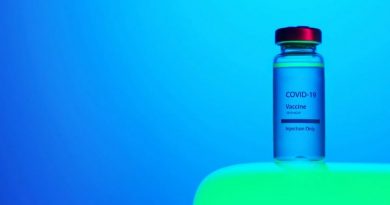Breaking the myths of breast screening and cancer
In the breast clinic, I hear many women say the same thing. What they say and think is very logical, however, they often are wrong. So, what are the three most common misconceptions that I see in the breast clinic as a radiology doctor who specializes in breast imaging?
- Myth: Breast cancer is always familial. THIS IS FALSE. First, nearly every patient says, “I do not have a family history of breast cancer,” whether I am telling them their mammogram is normal or delivering the bad news that the results of their breast biopsy revealed breast cancer. Only about 15 to 20% of women diagnosed with breast cancer report having a family history of the disease (that is, in one or more first- or second-degree relatives), and less than 10% have a known gene mutation that increases risk. That means that 80 to 85% of women diagnosed with breast cancer are the first in their family to get breast cancer.

- Myth: Abnormal mammogram = breast cancer. THIS IS FALSE. I want to help reduce anxiety in women who get a call or letter notifying them that they have an abnormal screening mammogram and need to come back to the breast imaging clinic for further diagnostic mammogram and ultrasound evaluation. An abnormal mammogram does not mean breast cancer, and even if you require a breast biopsy that does not mean breast cancer. Out of 1,000 screening mammograms, 100 women will be called back for more imaging. From that, 20 will go on to breast biopsy, and from that, only five will have breast cancer.
- Myth: Breast pain = breast cancer. THIS IS FALSE. Another common misconception in the community is that breast pain is very concerning for breast cancer. The most common finding in breast cancer is a new or growing lump in the breast. Other findings that should not be ignored include new nipple retraction or spontaneous bloody or clear nipple discharge from one side. In a study of 799 patients with breast pain, 759 (95%) patients had negative findings and 39 (5%) patients had a benign finding on breast ultrasound. The conclusion from the paper is that for female patients who present with pure breast pain, an annual screening mammogram should be recommended for women 40 years or older, and reassurance without imaging should be offered to patients younger than 40 years.
In summary, the American College of Radiology and the Society of Breast Imaging recommend that women start getting annual mammograms at age 40. There are several recommendations from various societies out there so patients often get confused. I personally told my sister to start at age 40 and to go every year because I have seen women get breast cancer in their 40s and even 30s. Furthermore, breast cancer is a cancer that has a very good prognosis when detected early.
By Dr. Quan Nguyen, associate professor of radiology, breast imaging section, Baylor College of Medicine



